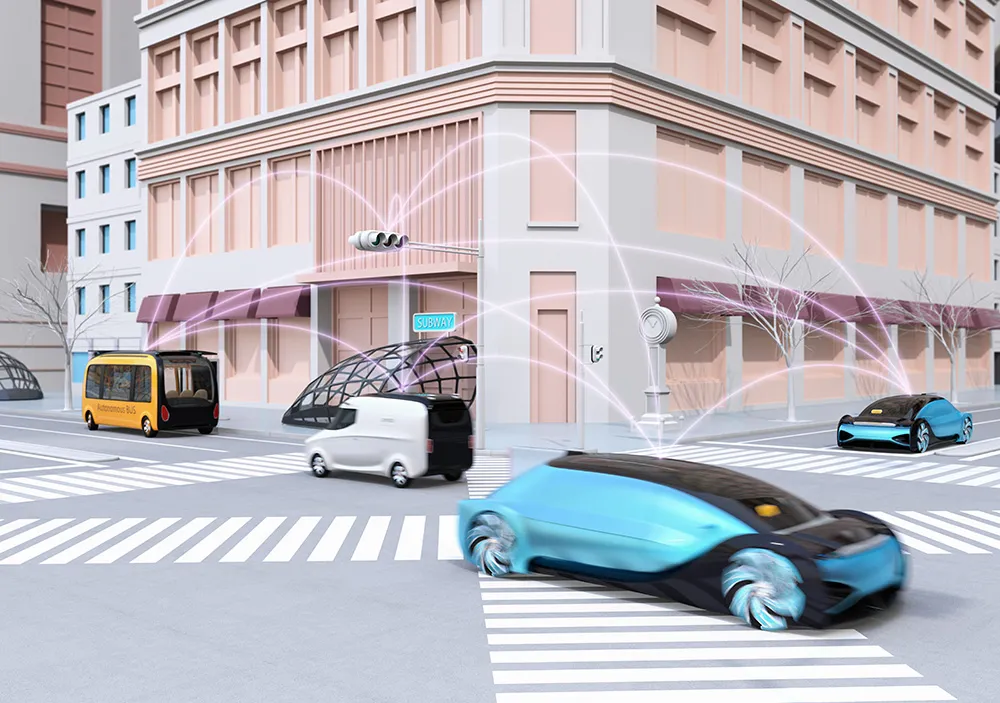Audi drivers in Europe will soon be able to access accurate train information in their cars, thanks to a partnership between the vehicle maker and software solutions provider HaCon. Audi is integrating timetable data from HaCon into its multimedia system, enabling drivers of Audi A3 models equipped with Audi Connect to access real-time timetable data via an internet connection. The system is already available in Germany. Hacon says receiving timetable data in a car via an internet connection is unique in
March 1, 2013
Read time: 2 mins
Audi is integrating timetable data from HaCon into its multimedia system, enabling drivers of Audi A3 models equipped with Audi Connect to access real-time timetable data via an internet connection. The system is already available in Germany.
Hacon says receiving timetable data in a car via an internet connection is unique in Europe. HaCon accomplishes this by acting as data integrator and accessing the interfaces (APIs) of European railways. Real-time data is sent to the Audi system via an output interface in the HaCon-Metarouter.
Audi Connect comprises the functions that connect the driver with the vehicle, the infrastructure and the internet. Entertainment, news, travel and weather information are also available, along with navigation and online routing.
“With the new train information, we are allowing flexible, more efficient and therefore more ecological mobility,” says Andreas Friedrich of the development department at Audi Connect. “HaCon was our choice for the implementation of the new features as one of the leading software specialists for timetable information and mobile solutions. Wherever Audi drivers are in Europe, they profit from faster information, communication and navigation during their journey.”










